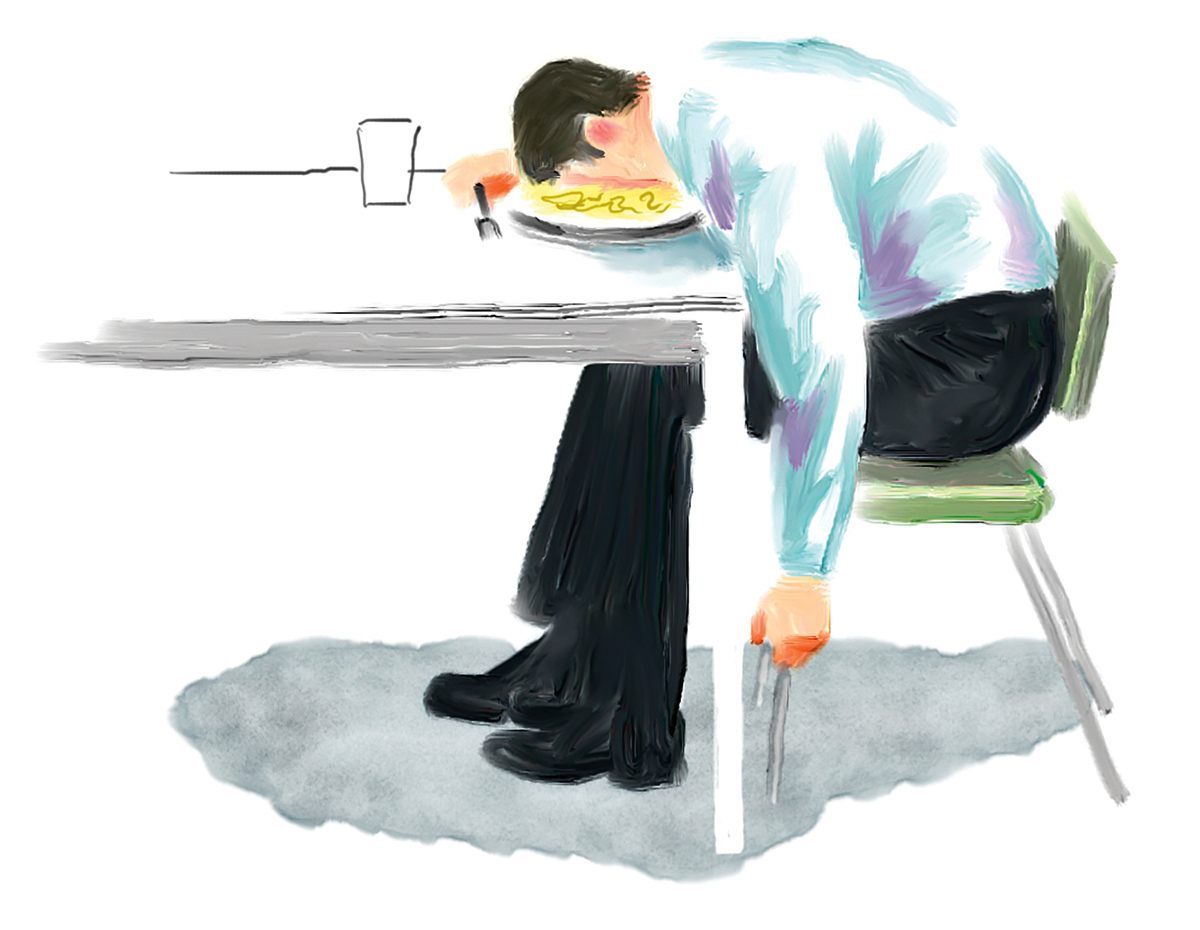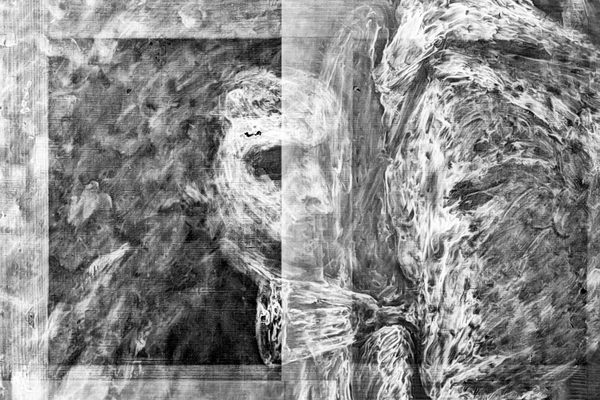Brokers and insurers must work even closer together to create actionable risk insights

Insurers and brokers must work more closely on data analytics to generate more holistic insights for customers, according to Zurich Commercial Insurance’s Kirill Pankratov, global head of transformation and Peter Davis, head of distribution EMEA and global broker networks.
As highlighted by this year’s World Economic Forum Global Risks Report, businesses face an almost overwhelming range of complex risks, from extreme weather and cyberattacks to adverse outcomes of AI technologies. In response, many are turning to advanced risk analytics to help understand such risks better, and to anticipate the future risk landscape.
Access to a growing volume of risk-relevant data continues to widen, while the insurance industry’s risk analytics capabilities and expertise has accelerated in recent years. The ability to efficiently deliver tailored insights, repeatedly and at scale, is now a reality. While at the same time, the development of APIs and Risk Management Systems is improving connectivity, opening the door to greater sharing of data and insight.
Each party in the insurance value chain—including insureds, brokers, and insurers—already harnesses valuable data, insights, and expertise. Currently, this wealth of information is analysed and utilised effectively within each group. However, there is an opportunity to achieve even deeper understanding of risks, exposures and perils through expanded collaboration on risk analytics.
By working even closer together, brokers and insurers can deliver greater risk insights that customers need in order to meet the challenges of today’s changing landscape.
According to Mark Blanchard, claims proposition & broker relationship leader at Zurich Insurance Company: “The ability to unlock the unstructured claims data, that was previously held in expert reports or confined to the realms of data held by claims suppliers, contains a treasure trove of insight that can be harnessed. The nature of this data is inherently unique to the claim and rarely crosses the boundaries of claims data shared between insurer, broker and customer. One forward looking example would be the ability to utilise claims data provided by panel law firms to understand any shift or trend arising from a change in legal regulation and its impact on an insured’s risk. There needs to be distinction between the market data that is available, observing the macro trends and the claims specific data, unearthing early observations on the specific impact to a customer, industry, location or the nature of damages. Early identification and collaboration will help understand risk but equally help understand any claims mitigation or defensibility strategy. The Zurich Claims Commitment reinforces the spirit of collaboration between the parties whether this relates to the portfolio or the individual claim.”
Supporting brokers in all market segments
Brokers are the linchpin between insurers and the end customer, and play a critical role in helping to turn customers’ business needs into actionable risk strategies. Zurich Commercial Insurance alone interacts with more than 15,000 broker organisations, underscoring the extensive reach of brokers in the insurance industry.
However, brokers come in all shapes and sizes, from the large global full-service broking houses and international broker networks, down to smaller independent brokers that bring local, industry, or line of business specialist expertise. And while some brokers have in-house departments staffed with data scientists, big data engineers, risk modellers and AI experts, this is far from universal.
Through closer cooperation, insurers can complement the services of large brokers, as well as work with smaller specialist brokers to give customers access to advanced data analytics and insights. Rather than every broker developing their own in-house analytics capabilities, brokers can collaborate with those insurers, who have already established and scaled their data analytics infrastructures and capabilities.
Insurers can also support brokers and their customers with targeted insights and subject matter expertise. For example, if an international European company with US operations wants to better understand the potential impact of US litigation trends, insurance companies like Zurich can support them and their broker with valuable insights into loss drivers, risk mitigation actions and coverage considerations. This has been discussed previously in more detail in the article A multi-front battle rages against litigation abuse | Zurich Insurance.
What does collaboration look like?
Insurer-broker collaboration on data and analytics could take several forms. At a portfolio level, brokers and insurers can work together using advanced data analytics to better understand challenges within high-risk sectors or analyse emerging trends in loss activities.
Insurers can also work with brokers to deliver specific insights on a customer-by-customer basis. Picture a scenario where, through systematic and ongoing monitoring, insurers have data that reveals an early trend in uptick of piracy and instability affecting marine shipments in some trade routes. Equipped with this knowledge, brokers and insurers can proactively advise shipping companies on what risk management strategies to implement, such as rerouting through safer waters, investing in private security for high-risk shipments, better protecting vessels to prevent boarding, implementing contingency procedures in the event of an attack, or even navigating stretches of water only in certain hours.
Or consider the risks associated with the transition to green technology. An insurer and a broker, utilising insurer-provided insights, could identify the unique exposures of companies investing in renewable technologies. They could then advise on specialised insurance products that cover the nascent risks of tech performance or regulatory shifts, fostering confidence as customers navigate the transition to sustainability. Similarly, a company could work with its broker and insurer, using powerful analytics, to understand the likely impact of climate change on its property assets, and to weigh up potential actions to improve resilience.
Actionable insights
Getting actionable insights from risk analytics requires more than just analytics tools. These insights will need to be enriched with specialised expertise, as they often prompt complex questions that brokers alone may not always be equipped to address comprehensively. To fully leverage these insights, both insurers and brokers need to collaborate closely, bringing together the relevant specialists to discuss and develop potential risk solutions. This collaborative approach ensures that the resulting insights are not only informed but also effectively used to meet the specific needs of their customers.
Brokers will have their own insights, but insurers bring a unique perspective. They can draw on their deep knowledge, experience and data, accumulated over many decades, particularly with regards to claims, exposures evaluations and risk assessments.
The collaborative relationship between insurers and brokers, powered by advanced data analytics and AI, will be pivotal in creating innovative solutions that pre-emptively address complex risk landscapes. And by working closer together, insurers and brokers can provide comprehensive risk insights even more efficiently, ensuring that customers benefit from the highest level of service and expertise from their risk partners.
Contributed by Kirill Pankratov, global head of transformation and Peter Davis, head of distribution EMEA and global broker networks, Zurich Commercial Insurance.
























